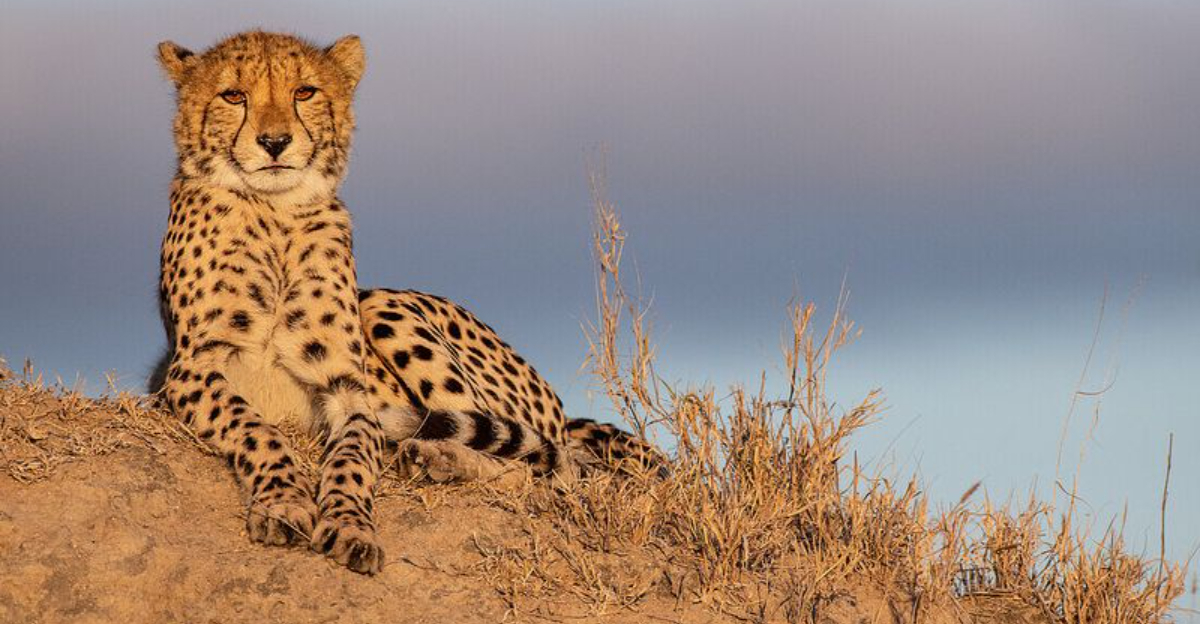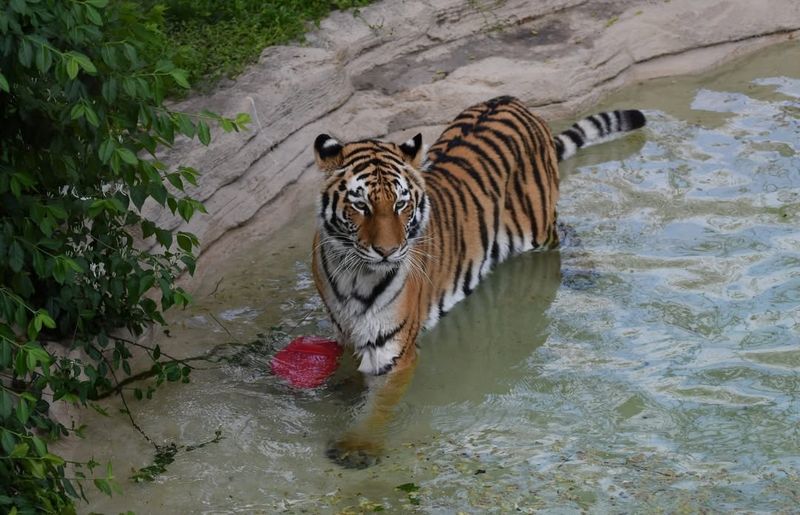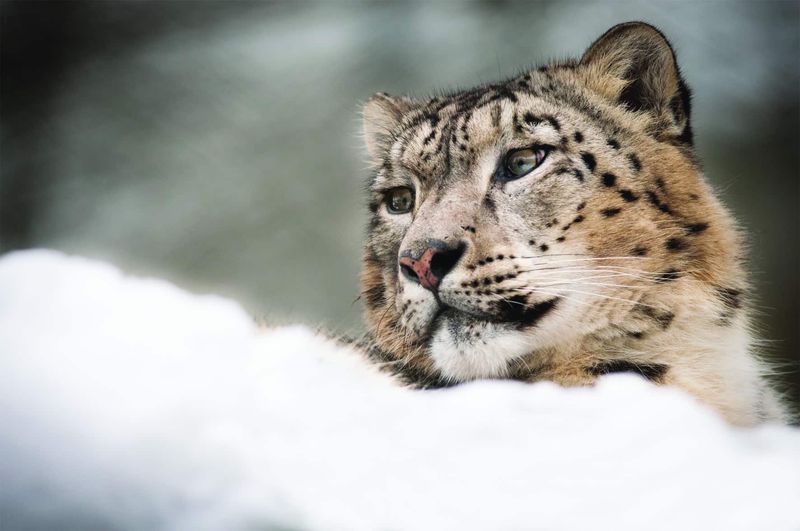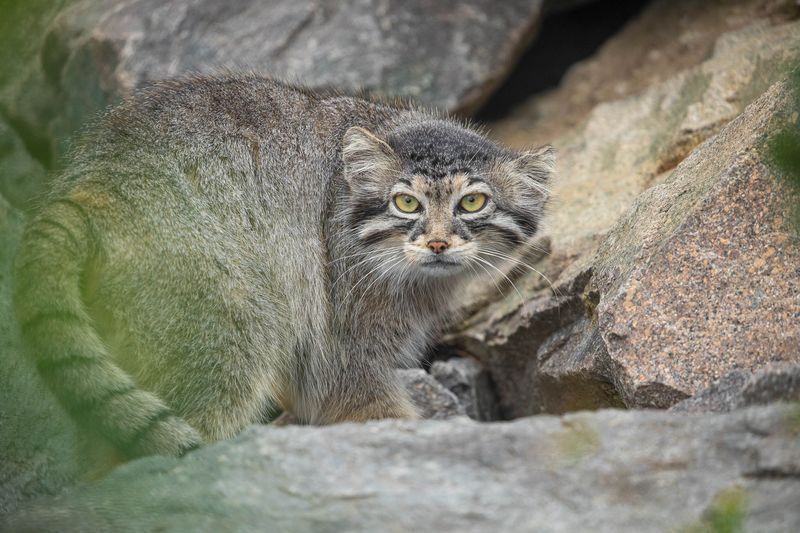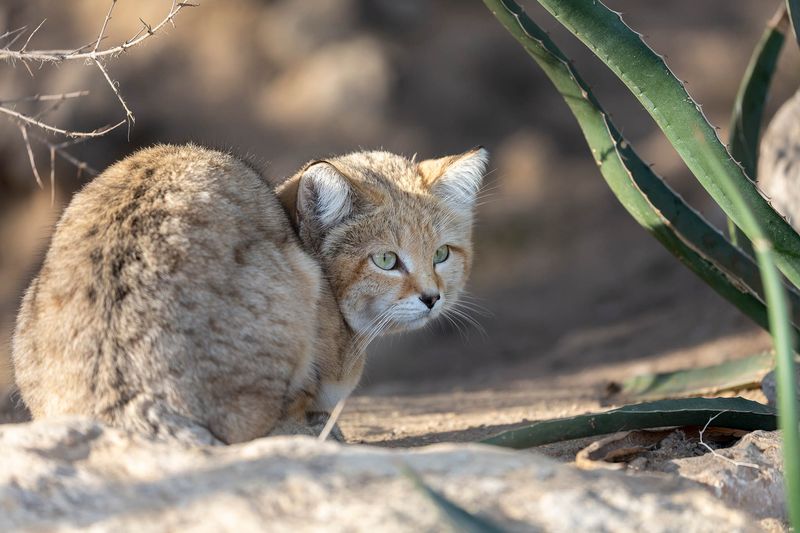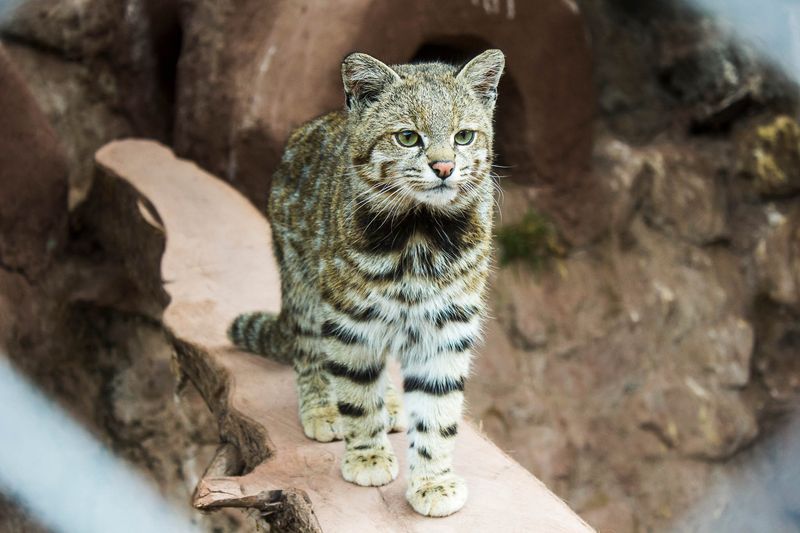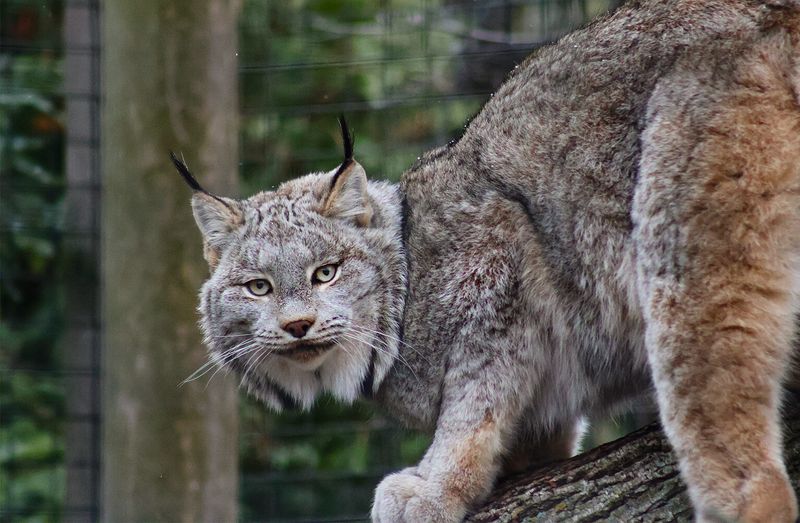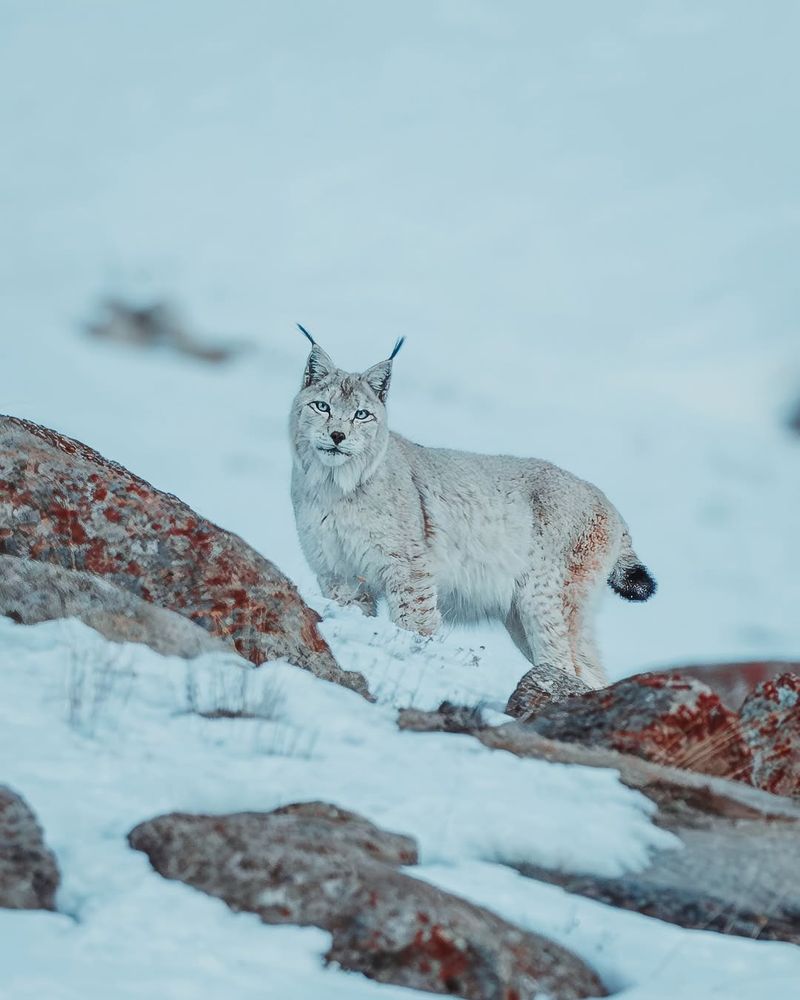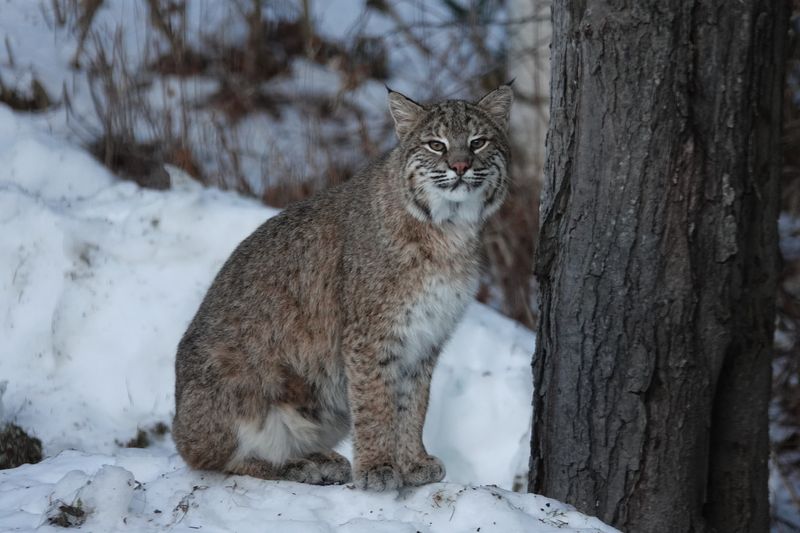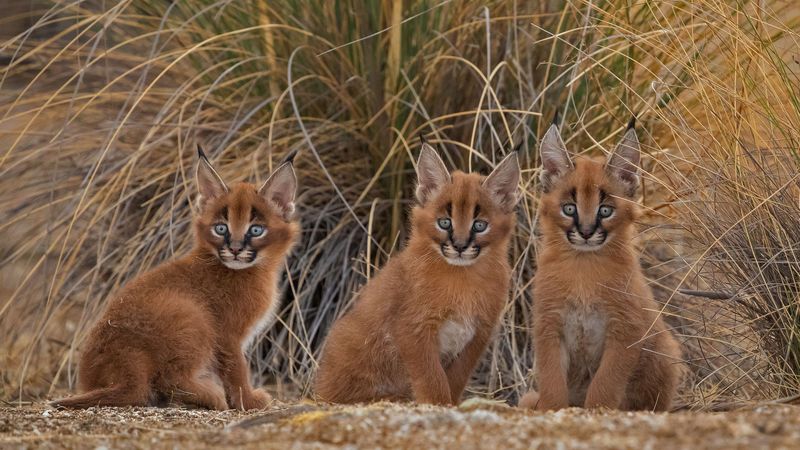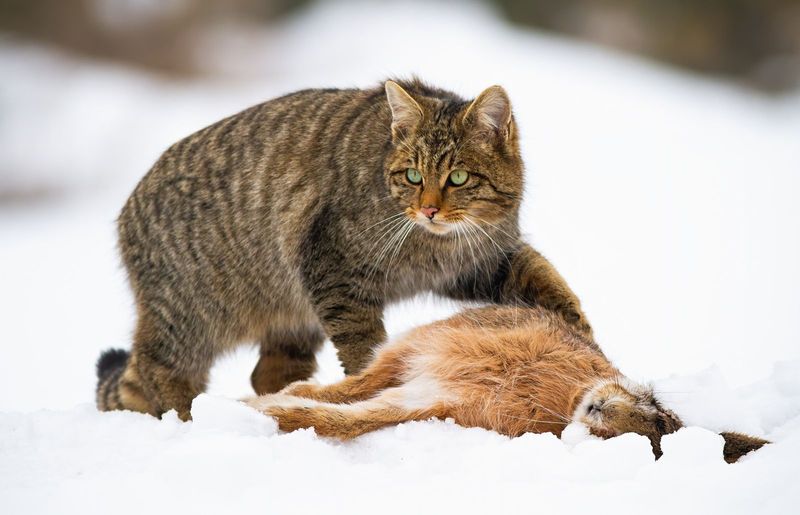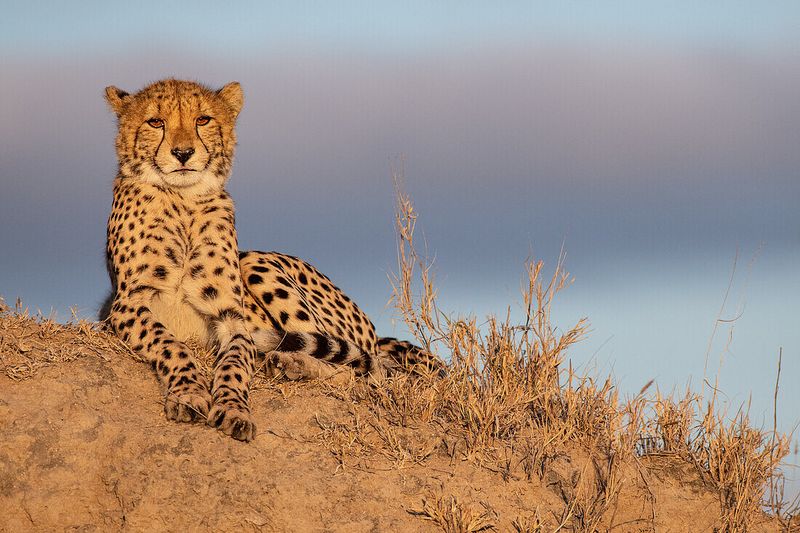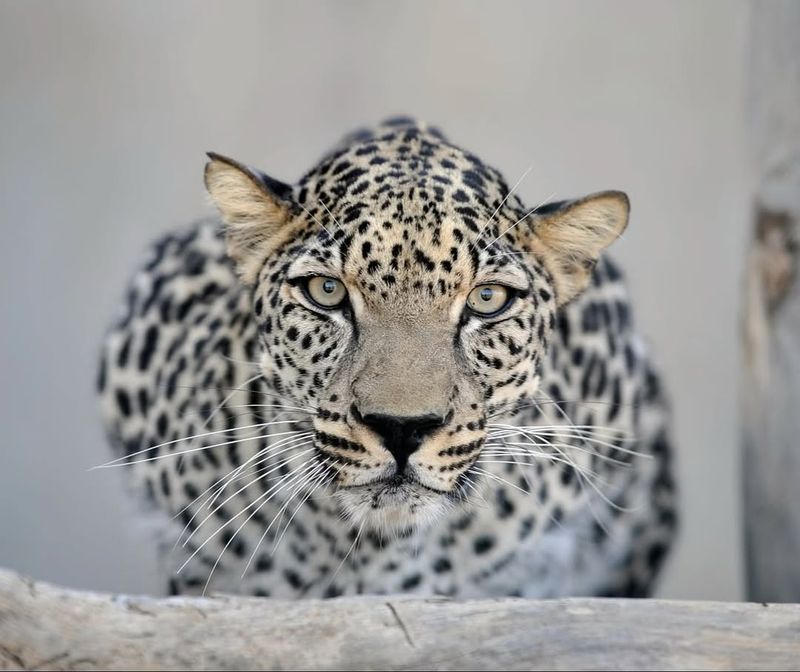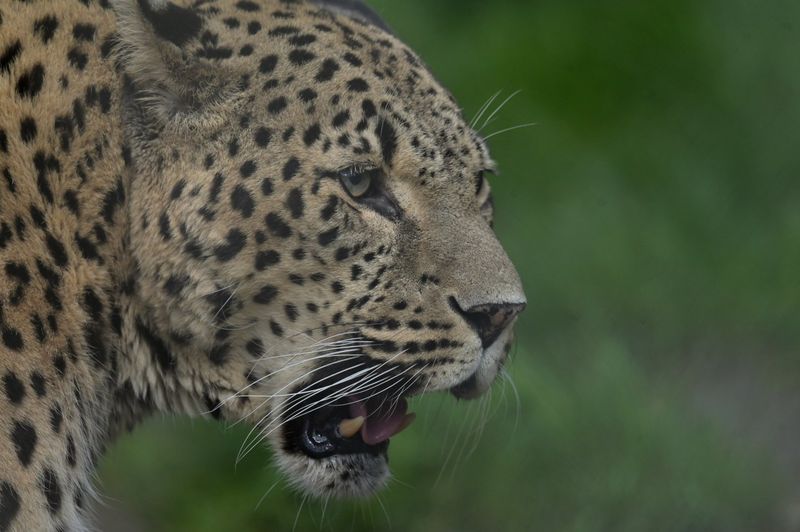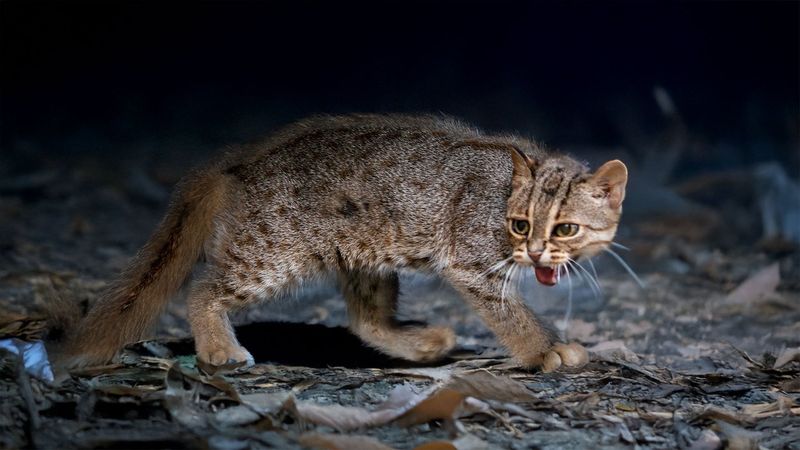📖 Table of Content:
- 1. Siberian Tiger (Panthera tigris altaica)
- 2. Snow Leopard (Panthera uncia)
- 3. Pallas’s Cat (Otocolobus manul)
- 4. Sand Cat (Felis margarita)
- 5. Andean Mountain Cat (Leopardus jacobita)
- 6. Canada Lynx (Lynx canadensis)
- 7. Eurasian Lynx (Lynx lynx)
- 8. Bobcat (Lynx rufus)
- 9. Caracal
- 10. Iberian Lynx (Lynx pardinus)
- 11. African Wildcat (Felis silvestris lybica)
- 12. Cheetah (Acinonyx jubatus)
- 13. Arabian Leopard (Panthera pardus nimr)
- 14. Persian Leopard (Panthera pardus saxicolor)
- 15. Rusty-spotted Cat (Prionailurus rubiginosus)
Discover the captivating realm of wild felines that flourish in some of the most formidable environments on Earth. These remarkable creatures demonstrate an extraordinary ability to endure and thrive under conditions that would challenge many other species. Their presence in such inhospitable habitats sparks our curiosity and admiration.
From the frozen expanses of icy tundras to the blistering heat of scorching deserts, wild cats have evolved unique traits that enable them to conquer extreme climates. Their survival strategies, ranging from thick fur to specialized hunting techniques, allow them to flourish where few others can. These adaptations not only ensure their survival but also highlight the incredible versatility of nature.
Each wild cat’s distinct behaviors and physical traits stand as a testament to nature’s resilience and ingenuity. Their evolutionary successes reveal how life can adapt in the harshest conditions imaginable. By exploring their world, we gain deeper insights into the wonders of natural adaptation and the enduring spirit of these magnificent predators.
1. Siberian Tiger (Panthera tigris altaica)
The Siberian Tiger, or Amur Tiger, is a marvel of nature. Roaming the icy landscapes of Siberia, they have evolved to thrive in extremely cold climates. With a thick coat of fur and a layer of fat, they are well-insulated against the harsh winters. These solitary hunters possess powerful limbs, enabling them to traverse deep snow effortlessly. Their territory spans vast areas, requiring acute senses to hunt elusive prey. Despite their large size, they move with grace and stealth, embodying the art of survival in frozen realms. Conserving these majestic creatures is crucial for biodiversity.
2. Snow Leopard (Panthera uncia)
Elegant and elusive, Snow Leopards inhabit the high-altitude mountains of Central and South Asia. Their thick fur and wide, fur-covered paws are perfectly adapted for cold, rugged terrains. These cats are known as ‘ghosts of the mountains’ due to their elusive nature. Snow leopards rely on their long tails for balance on rocky climbs and runs. They have an exceptional ability to blend into their environment, a vital skill for hunting. Living in solitude, they primarily hunt ungulates, playing a crucial role in their ecosystem. Protecting their habitat ensures ecological balance.
3. Pallas’s Cat (Otocolobus manul)
Known for its distinctive grumpy expression, this tiny hunter inhabits the rocky, arid landscapes of Central Asia. Its dense, plush coat provides insulation against extreme temperatures and cold winds. Unlike other felines, its pupils are round, unlike the typical slit shape. Preferring solitude, they navigate their challenging environment with remarkable agility. Their short legs and stocky build allow them to maneuver through rocky terrains efficiently. Efforts to understand these elusive creatures contribute to their conservation.
4. Sand Cat (Felis margarita)
Its thick, sand-colored fur reflects sunlight and insulates against temperature extremes. With fur-covered soles, it walks silently across hot sands. This nocturnal hunter relies on acute hearing to detect prey beneath the sand. Adapted to a water-scarce environment, the Sand Cat can survive with minimal water intake, deriving moisture from its prey. Its ability to close its ears against sand intrusion showcases its desert survival skills. Protecting desert habitats aids in preserving this remarkable species.
5. Andean Mountain Cat (Leopardus jacobita)
Rare and mysterious, the Andean Mountain Cat lives high in the Andes. This feline is specially adapted for cold and oxygen-thin environments. Its thick, plush coat keeps it warm in frigid temperatures, while its long tail aids in balance. Despite its elusive nature, it plays a pivotal role in its ecosystem by controlling prey populations. These cats are solitary and primarily nocturnal hunters. They face threats from habitat loss and hunting, emphasizing the importance of conservation efforts. Protecting Andean ecosystems is vital for their survival and biodiversity.
6. Canada Lynx (Lynx canadensis)
With its tufted ears and large, snowshoe-like paws, the Canada Lynx is adapted to the snowy boreal forests of North America. Its thick, soft fur provides warmth in harsh, wintry conditions, allowing it to hunt effectively. Primarily preying on snowshoe hares, the lynx’s population fluctuates with hare populations. Its keen sense of hearing and sight aids in navigating dense forests. These solitary cats are expert climbers, often spotted resting on trees. Maintaining healthy forest ecosystems supports the delicate balance of predator-prey dynamics, crucial for the lynx’s survival.
7. Eurasian Lynx (Lynx lynx)
As a solitary hunter, it primarily targets ungulates and smaller mammals, helping regulate prey populations. With exceptional vision and hearing, it skillfully navigates its forested environment. To ensure the survival of this magnificent feline, conservation efforts focused on protecting forest habitats and minimizing poaching are crucial. The presence of the Eurasian Lynx is a strong indicator of a healthy and diverse ecosystem. for a few seconds The Eurasian Lynx, a larger and more formidable cousin to the Canada Lynx, roams the dense forests of Europe and Siberia. Adapted to cold and unpredictable climates, it boasts a thick coat and sturdy build that enable it to thrive. As a solitary predator, it targets ungulates and smaller mammals, significantly helping to regulate prey populations. With exceptional eyesight and acute hearing, it skillfully navigates its forest domain.
8. Bobcat (Lynx rufus)
The Bobcat is a versatile and resilient predator inhabiting diverse environments, from forests to deserts across North America. Its adaptability allows it to thrive even in the frigid regions of the northern continent. With a spotted coat for camouflage, the bobcat is an excellent hunter, preying on rabbits, birds, and rodents. It is known for its elusive nature and ability to survive in proximity to human habitats. Conserving diverse habitats ensures the bobcat continues to play its role in maintaining ecological balance.
9. Caracal
Renowned for its remarkable agility, this feline can leap several meters to snatch birds in mid-air. Its physical prowess is a striking adaptation to its challenging environment. This solitary predator primarily hunts during the night, relying on stealth and rapid speed to capture its prey. The caracal’s sandy-colored coat offers excellent camouflage against the desert backdrop. Its ability to adapt to various conditions truly underscores its impressive survival skills. Conservation initiatives are focused on reducing human-wildlife conflicts and preserving the caracal’s natural habitats for the future.
10. Iberian Lynx (Lynx pardinus)
Endemic to the Iberian Peninsula, the Iberian Lynx is adapted to the Mediterranean’s extreme seasonal shifts. It endures hot, dry summers and chilly winters with its thick, spotted coat. This critically endangered cat relies heavily on rabbits, making its survival linked to rabbit population health. Conservation efforts have been pivotal in increasing their numbers through habitat restoration and protection. These efforts underscore the importance of maintaining biodiversity and ecosystem health in the Mediterranean region.
11. African Wildcat (Felis silvestris lybica)
The ancestor of the domestic cat, thriving in diverse conditions from arid deserts to lush African terrains. Its adaptable nature allows it to survive in various climates and habitats. With a keen sense of hearing and sight, the African Wildcat hunts small mammals and insects, often in proximity to human settlements. This resilient cat plays a crucial role in controlling pest populations. Preserving their natural habitats ensures the balance of ecosystems where they and many other species coexist.
12. Cheetah (Acinonyx jubatus)
Built for speed, its lightweight frame, and powerful legs enable it to reach extraordinary speeds. This diurnal predator relies on sight rather than smell to hunt, making daylight its preferred hunting time. Its distinctive black ‘tear marks’ help reduce glare from the sun, aiding in focus. Conservation efforts focus on habitat preservation and reducing human-wildlife conflict to ensure cheetahs continue to grace the wild with their presence.
13. Arabian Leopard (Panthera pardus nimr)
Adapted to rugged, arid environments, its survival is a testament to resilience. With a smaller body size compared to other leopards, it navigates rocky terrains with agility. Being nocturnal, it conserves energy during the day and hunts at night, primarily preying on small to medium-sized mammals. Conservation initiatives aim to protect this critically endangered species by preserving its natural habitats and curbing poaching.
14. Persian Leopard (Panthera pardus saxicolor)
Found in Iran’s mountainous, semi-arid regions, the Persian Leopard is a master of rugged terrains. Its coat, a blend of rosettes and spots, provides excellent camouflage against the rocky landscapes. These solitary hunters are known for their strength and adaptability, preying on a variety of animals. Their survival is challenged by habitat loss and human encroachment.
15. Rusty-spotted Cat (Prionailurus rubiginosus)
One of the smallest wild felines flourishes in the dry, open scrub forests of the Indian subcontinent. Its mottled, spotted coat offers superb camouflage against the forest floor, allowing it to blend seamlessly into its surroundings. Despite its diminutive size, this cat has carved out a niche in a challenging environment, relying on its natural disguise to stay hidden from both predators and prey. Active primarily during the night, this elusive feline hunts small animals and insects with remarkable agility and stealth. Its nocturnal habits and quick reflexes make it a proficient predator in the darkness. Rarely seen by human eyes, the Rusty-spotted Cat remains a mysterious and captivating presence in its native habitat. The secretive lifestyle of this cat only adds to the allure that surrounds it.
